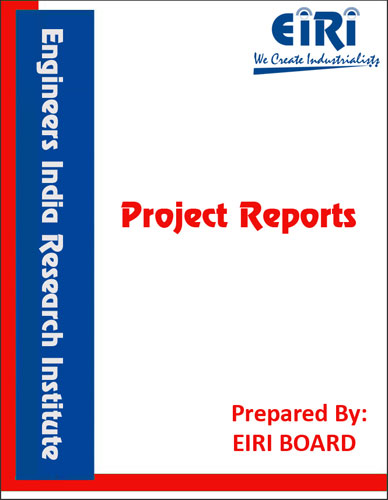PRESTRESSED CONCRETE POLES (PSC POLES)
The project report includes Present Market Position and Expected Future Demand, Market Size, Statistics, Trends, SWOT Analysis and Forecasts. Report provides a comprehensive analysis from industry covering detailed reporting and evaluates the position of the industry by providing insights to the SWOT analysis of the industry.
We can prepare PROJECT REPORT as per your INVESTMENT PLAN for BANK LOAN REQUIREMENT and INDUSTRY ANALYSIS. All reports are prepared by highly qualified consultants and verified by a panel of experts.
Have Query? Click Here to Chat
Industry Expert is Online, Chat with him for more detail.

Wooden, steel and concrete poles were used for power distribution lines since 19th century.
The first poles used were wooden poles. When demand for poles increase and as the power lines under construction required longer poles suitable for resisting larger horizontal forces, steel poles were introduced in substitution to wood.
Though both materials are still in use through out the world, with wood primarily used for short length small forces country lines the general trend is to substitute both the materials with concrete and Use reinforced and prestressed concrete poles instead.
Wooden have limited life and steel poles have a longer life compared to wooden poles requires continuous maintenance for protection against corrosion concrete and particularly prestressed concrete poles can be considered as having an unlimited life without maintenance cost for their corrosion protection. Poles supporting power lines are subjected to relatively small vertical forces and primarily to large horizontal forces at bottom. The horizontal forces at their top are smaller along the axis of the power line and much larger on direction perpendicular to it. As in the perpendicular direction the pole must resist the horizontal forces caused from wind loads against the poles and the wires carried by them.
PROJECT REPORT COVERS:
- Introduction
- Uses and Applications
- Properties
- Market Survey with future aspects
- Present Manufacturers
- B.I.S. Specifications
- Manufacturing Process with Formulae
- Cost Economics with Profitability Analysis
- Capacity
- Land & Building Requirements with Rates
- List & Details of Plant and Machinery with their Costs
- Raw Materials
- Details/List and Costs
- Power & Water Requirements
- Labour/Staff Requirements
- Utilities and Overheads
- Total Capital Investment
- Turnover
- Cost of Production
- Break Even Point
- Profitability
- Land Man Ratio
- Suppliers of Plant & Machineries and Raw Materials.



